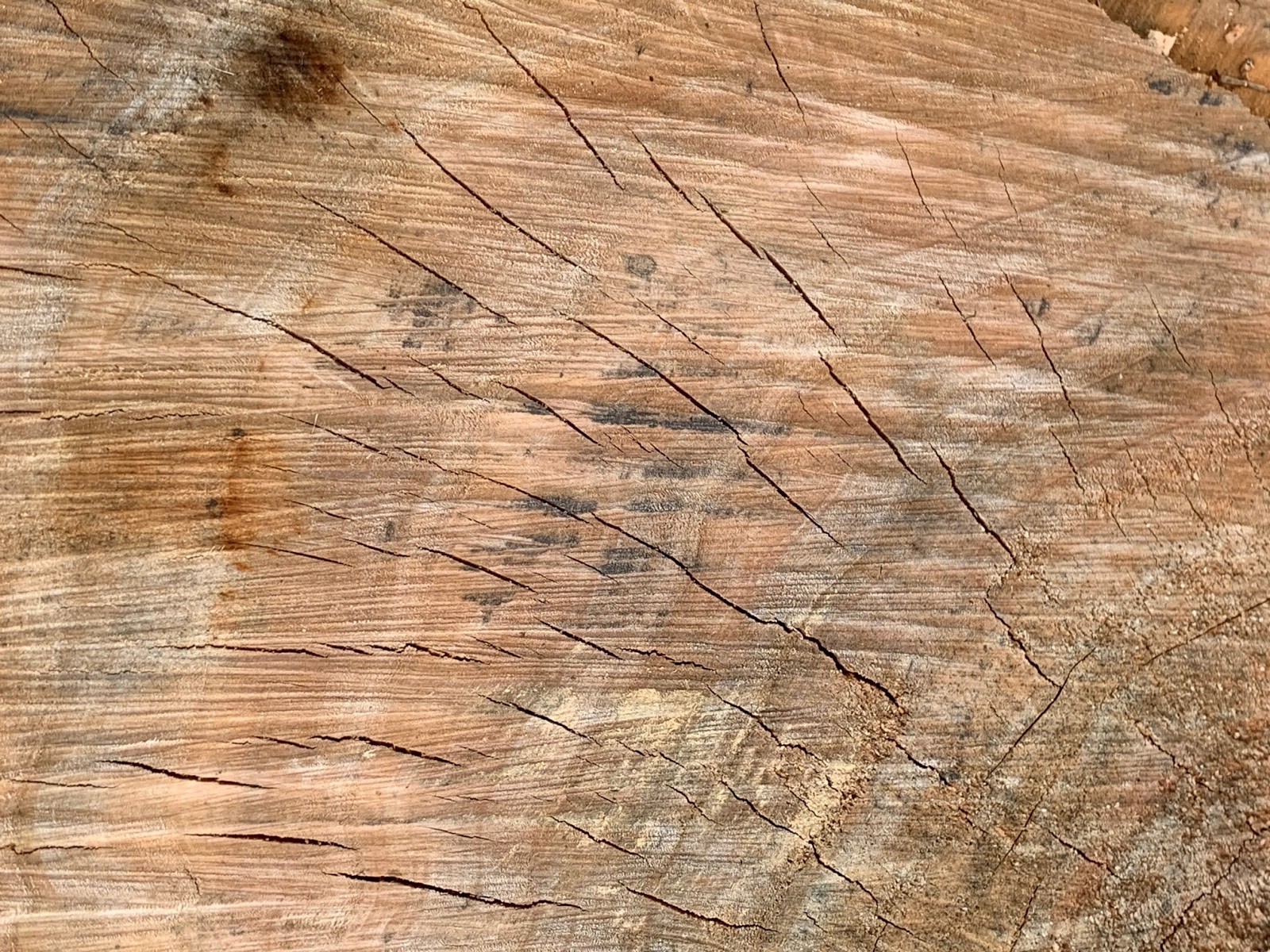Connected While Apart
Gap Year

The gaps are the thing. The gaps are the spirit’s one home, the altitudes and latitudes so dazzlingly spare and clean that the spirit can discover itself like a once-blind man unbound. The gaps are the clefts in the rock where you cower to see the back part of God; they are the fissures between mountains and cells the wind lances through, the icy narrowing fiords splitting the cliffs of mystery. Go up into the gaps. If you can find them; they shift and vanish too. Stalk the gaps. Squeak into a gap in the soil, turn, and unlock-more than a maple-a universe. (Annie Dillard)
Dear Mayfield,
In the midst of my twenty-one years of formal education from kindergarten through the completion of my seminary Master of Divinity degree, there was no identified concept of a gap year. I was in school continually from the fall of 1957 through spring semester 1978. The gap year notion emerged in the 1980’s, most often as a year taken between high school graduation and the beginning of college. Such a year allows one to focus on some sort of experiential learning and to take on the challenge of stepping beyond one’s familiar comfort zone. I remember suggesting once to a colleague around 1980 that maybe David, my former spouse, and I might take a year off when we finished our challenging and very rewarding urban time at Friedens UCC, our first call. My parents had a small house in southern Vermont that was infrequently used from early autumn through late spring. Seasonal opportunities for employment were abundant in the state; I for one was a very good waitress. In addition, the town’s elementary school was within walking distance, just down the road, in case we had a family need for that. We could take some time to step back, reflect on where we had been and what we had learned, and prepare for our next season of shared ministry. My colleague thought it was an extremely dumb idea. He looked at me with conviction and told me he thought search committees would be quite concerned with that year and would ask more than once why we had done that. He reminded me that the established pattern was to go from one call to the next without a break. Obviously, the value of a gap year didn’t have much traction yet, at least not in his corner.
As I consider this pandemic time without an identified horizon, I return to the metaphor of a gap year and to Annie Dillard’s words about daring entrance into a gap. She’s right. When there is a gap in our plans, in our overreliance on our capacity to control and order our lives, and in our airtight sense of security, the ever present spirit has more room to slip in, swirl, and stir within and around us. We are aware of that gap truth every time we quote these wise words of Leonard Cohen: “There is a crack in everything. That’s how the light gets in.” The sparseness of a gap can be off putting with its threats of discomfort and even danger. It can feel empty compared to where we were before. We are not sure about our footing, for gaps offer a jagged space in what we thought was seamless. Gaps come to be in lives when something doesn’t work out. They are not featured in our familiar comfort zones. Gaps appear in the natural world by storm, earthquake, erosion, war, or overuse or depletion of what has been. As uncertain as they are, Dillard counsels us to seek out the gaps with expectancy. Her words remind me of the misalignment of sidewalk slabs as they shift and settle. In the smallest sidewalk gap, even in the harshest urban neighborhood, tiny pockets of soil collect, and the green determination to grow finds a home there as a single plant or several shoot up and bloom.
This long swath of pandemic time has been described as an annoyance, an unwelcome interruption, and a pause in what we thought was essential to us and to how we live. I for one don’t think there is any going back to a replication of what was. We and our lives have changed. Like Dillard’s clefts in the rock or the icy narrow fiords, the visual gap between what was before and what is yet to be will remain visible around us. She encourages us to stalk the gaps, where there may be threads of encounter with the holy and where we may come upon luminous new life woven into the hard edges of the gaps. Pandemic gap time is learning time, letting go time, leaving be time, and listening time. It is not an easy time and strains our patience. We didn’t choose it. We weren’t ready for it. And it has been costly in countless directions. The gaps are there. What will we be open to find in this gap season?
Peace, Martha


